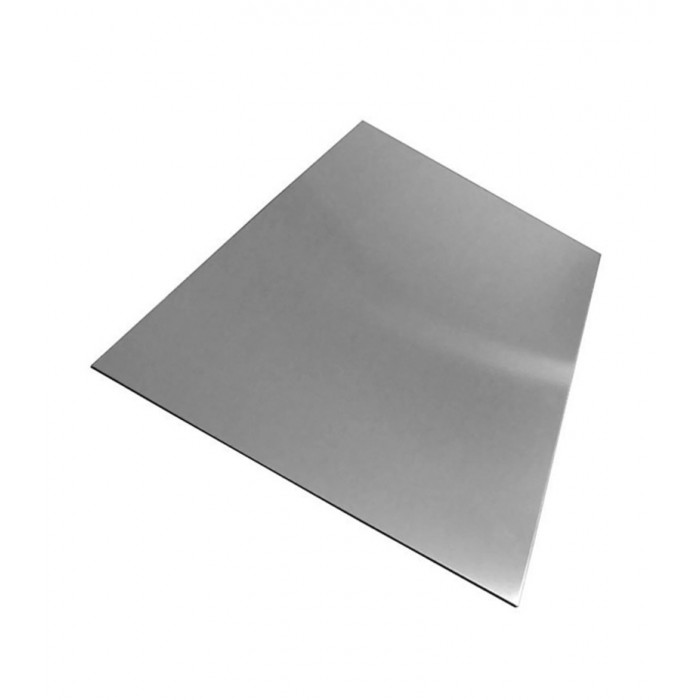The category of alloyed tool steels includes steels, in which additional alloying elements have been introduced, which make it possible to change the initial properties in the right direction. In most cases, alloying is carried out not with pure metal, but by adding iron-based ferroalloys. Such a production method provides an opportunity to avoid the manifestation of a number of technological problems, and is also more beneficial from the point of view of the economics of the process. Carbon steels have a high carbon content in their chemical structure and are devoid of any alloying additives. They are divided into two groups: high-quality and high-quality, depending on the physical and technical characteristics.
Domestic GOST requirements determine the standard indicators for the chemical composition of steel alloys in the manufacture of various products (ingots, rods, sheets), as well as compliance with production technology. They cover all types of steels, both alloyed and unalloyed. High speed steels. The production of steel alloys of this category in Russia is carried out on the basis of the requirements of GOST 19265-73. The most widely used steel grades P18 and P6M5. For high speed steels, alloying technology is not mandatory. If alloying was not carried out, the steel will be classified as carbon.
Accordingly, taking into account the classification of a particular type of steel, the physicochemical properties of the metal are also determined. For questions regarding the selection and purchase of forgings, long products and other assortments of tool steels, please contact our consultants.
Tool carbon steel - steel with a carbon content of 0.7% or more. This steel is characterized by high hardness and strength (after final heat treatment) and is used for tool making. Produced in accordance with GOST 1435-99[1] of the following grades: U7; U8; U8G; U9; U10; U11; U12; U7A; U8A; U8GA; U9A; U10A; U11A; U12A. The standard applies to carbon tool hot-rolled, forged, calibrated steel, silver. Tool carbon steel is divided into high quality and high quality. The content of sulfur and phosphorus in high-quality tool steel is 0.03% and 0.035%, in high-quality - 0.02% and 0.03%, respectively. The group of high-quality steels includes steel grades without the letter A (at the end of the marking), the group of high-quality steels with a low content of sulfur and phosphorus, as well as harmful impurities of other elements - steel grades with the letter A. The letters and numbers in the designation of these steel grades mean : Y - carbon, the figure following it - the average carbon content in tenths of a percent, G - high manganese content, A - high quality. The advantage of carbon tool steels is mainly their low cost and rather high hardness compared to other tool steels. The disadvantages include low wear resistance and low heat resistance - when the cutting edge of the tool is heated above 250-300 ° C, quenching occurs with loss of hardness.
It is produced in the form of bars of round, square and hexagonal section, coils of wire, sheets, strips.
No questions about this product, be the first and ask your question.

